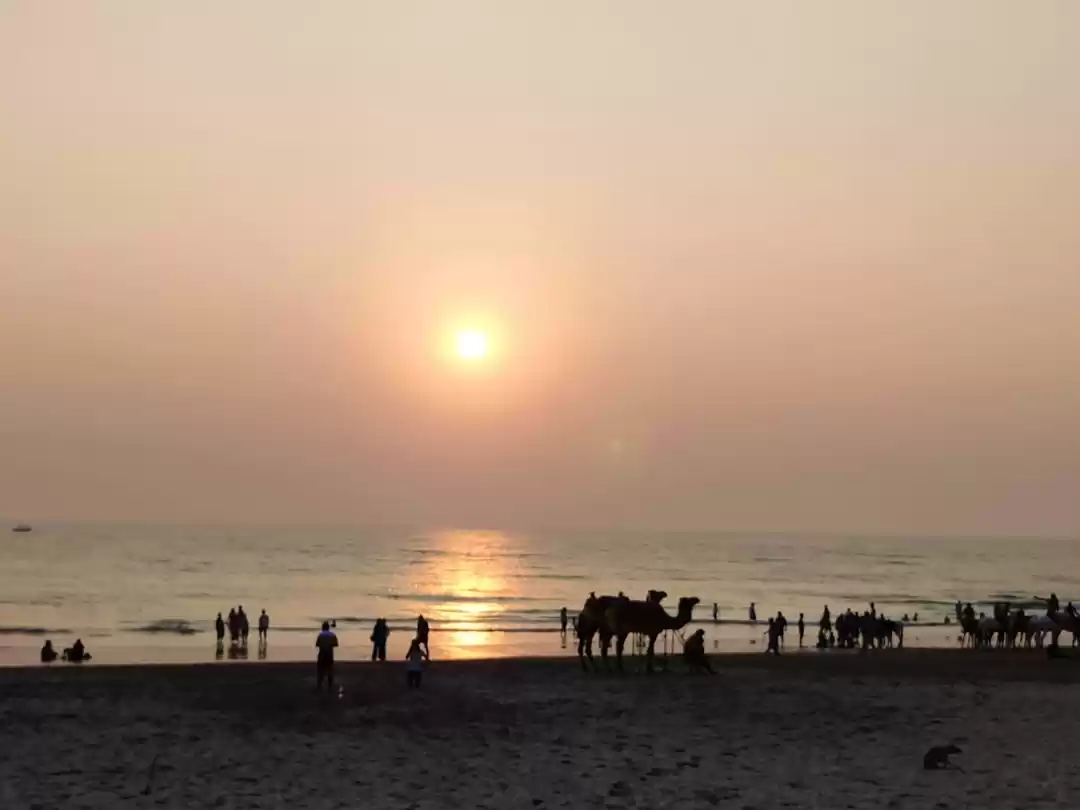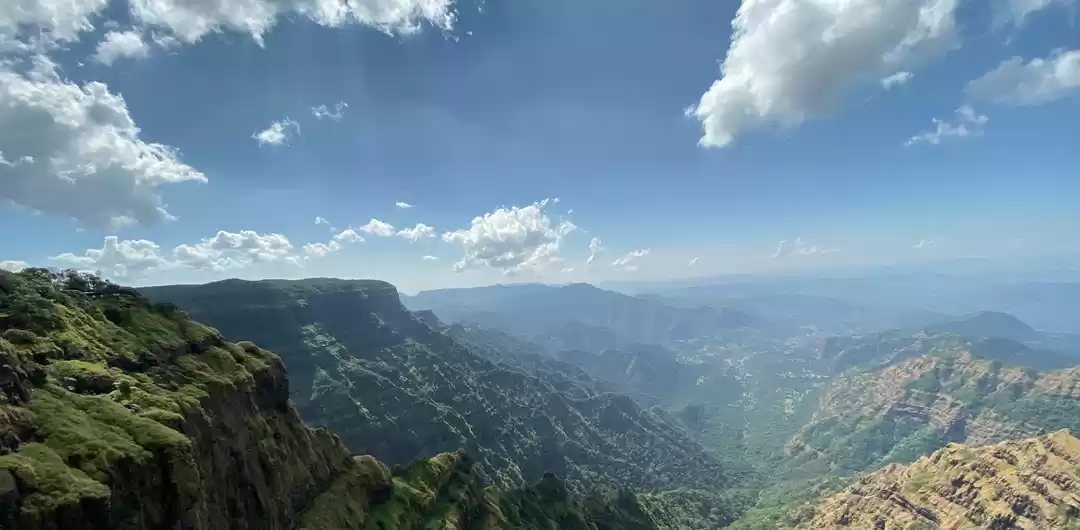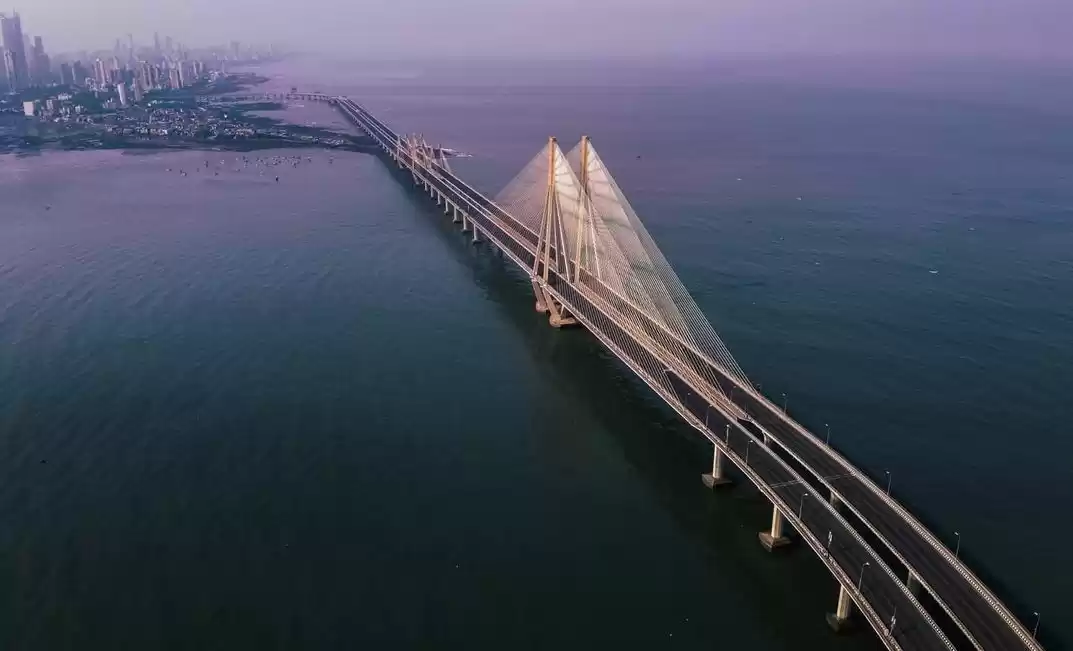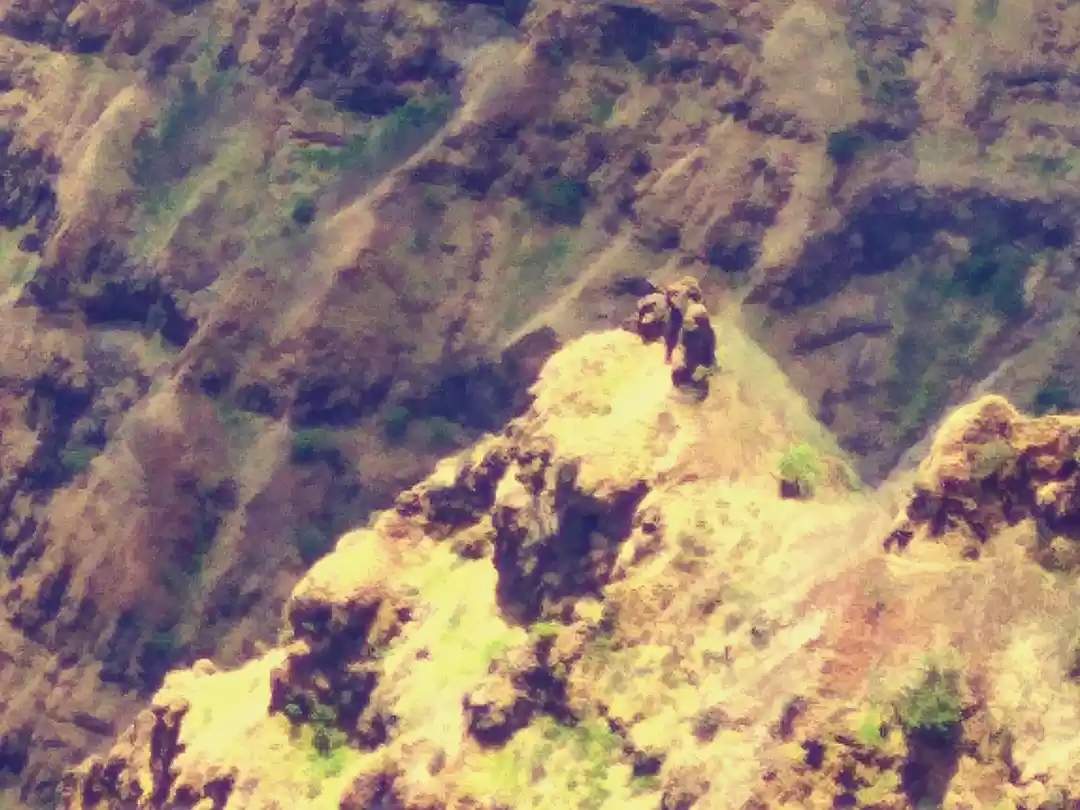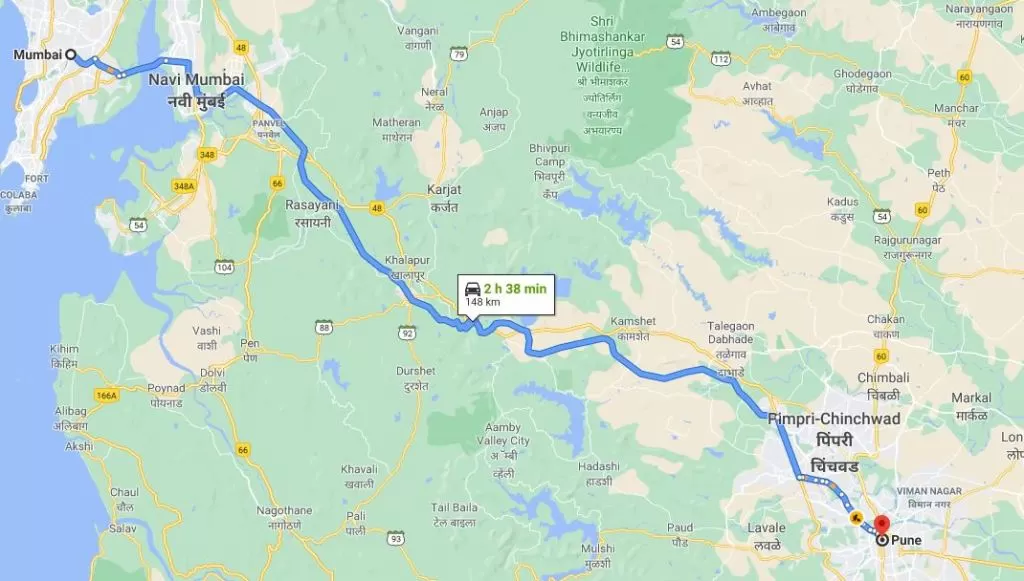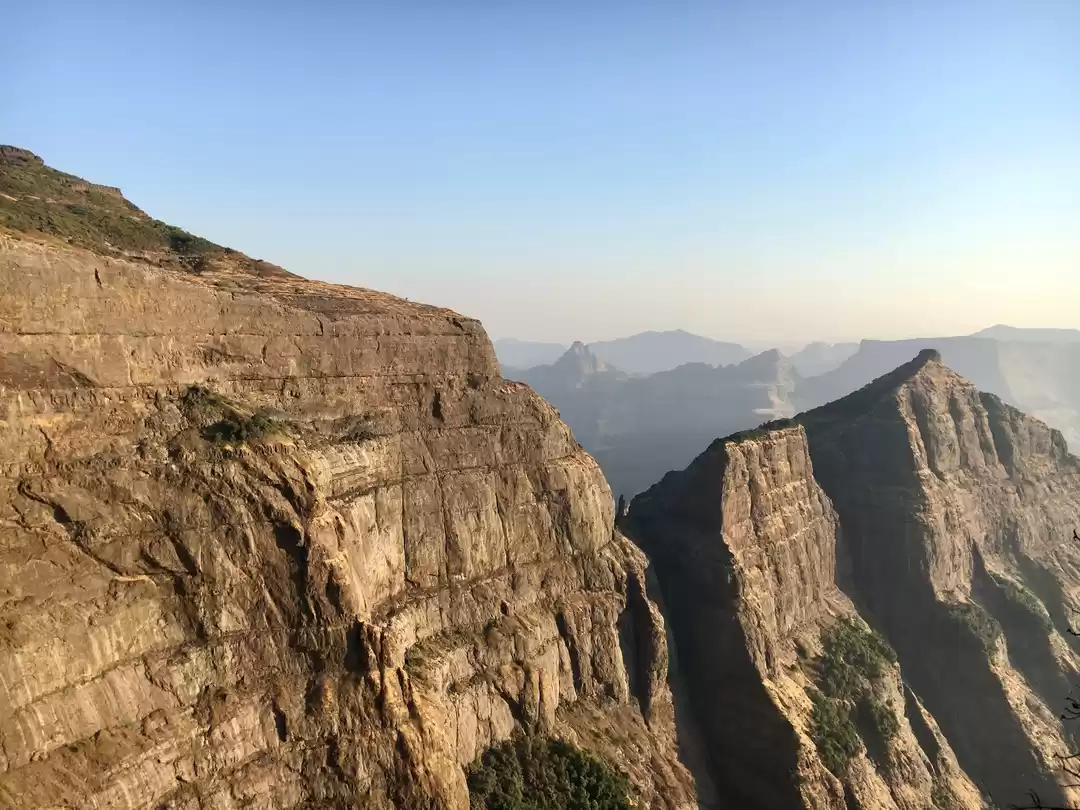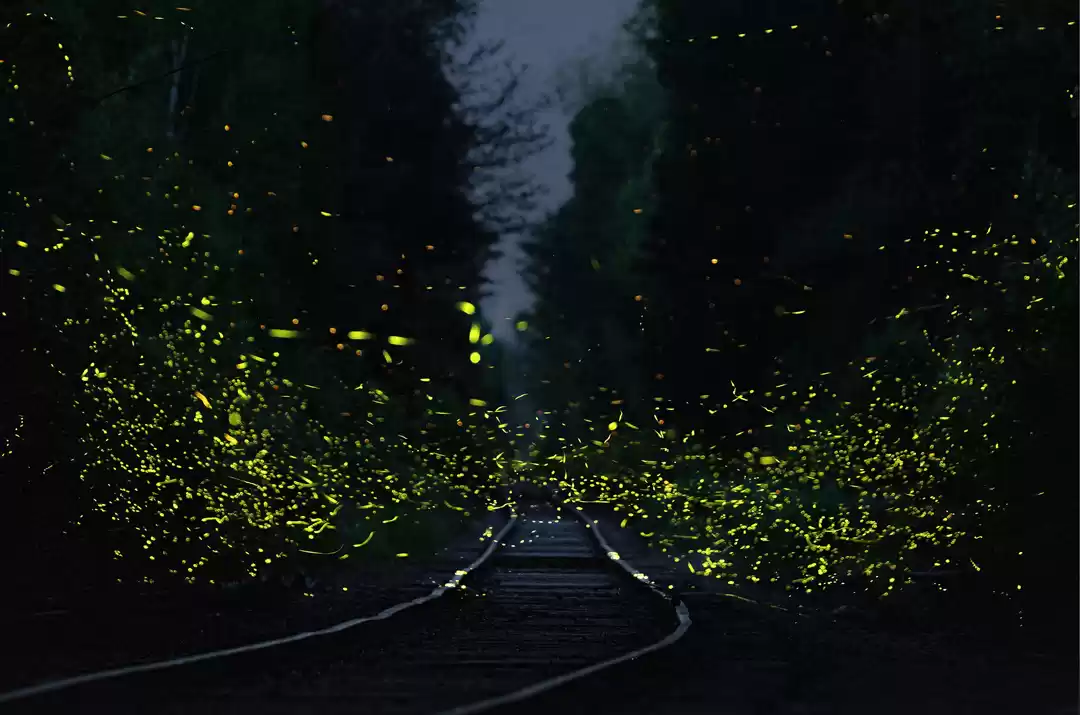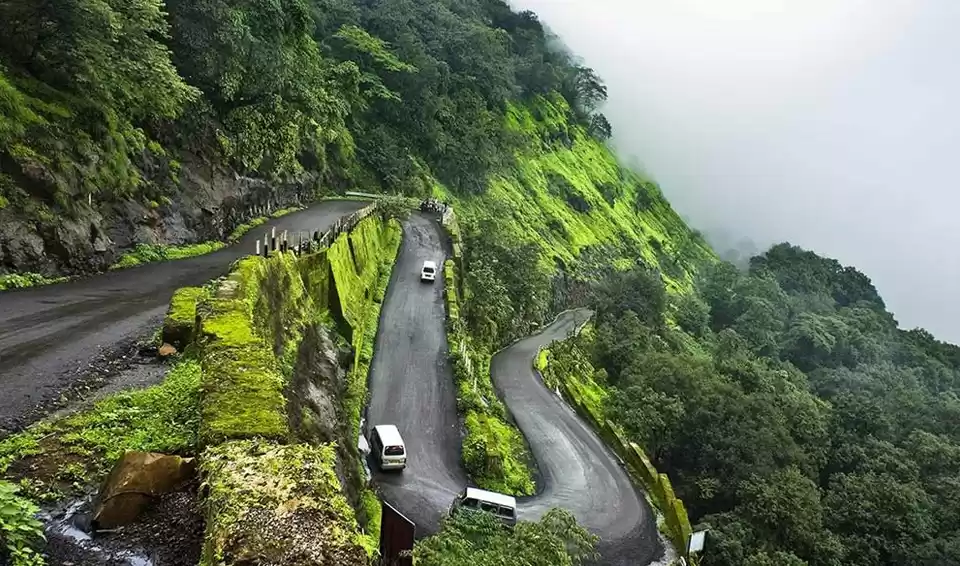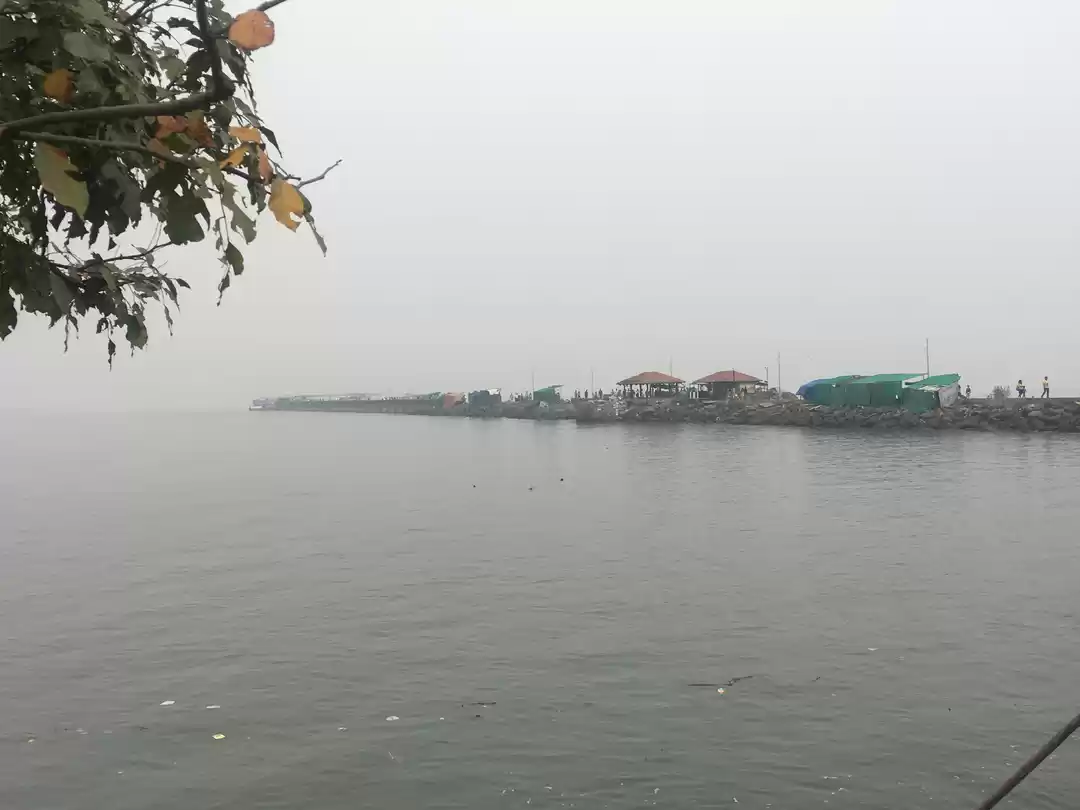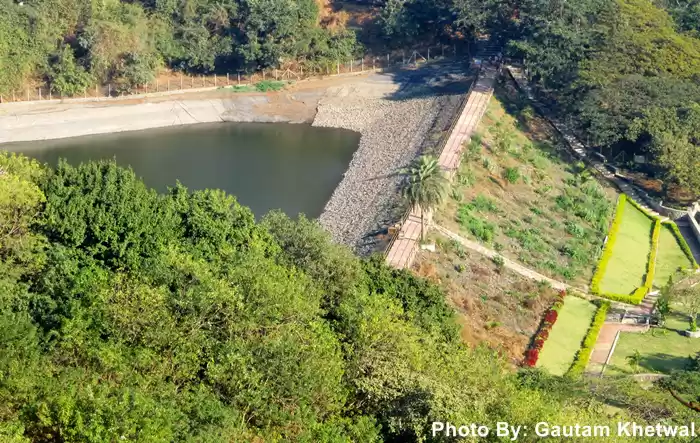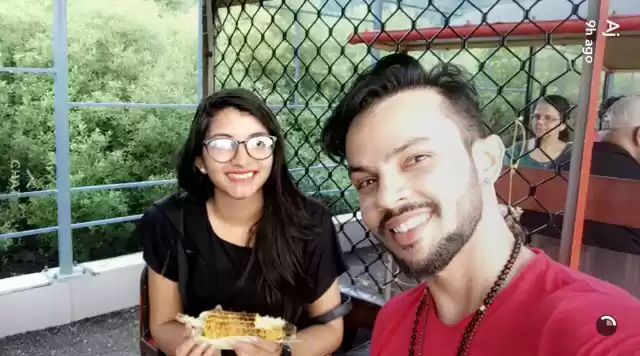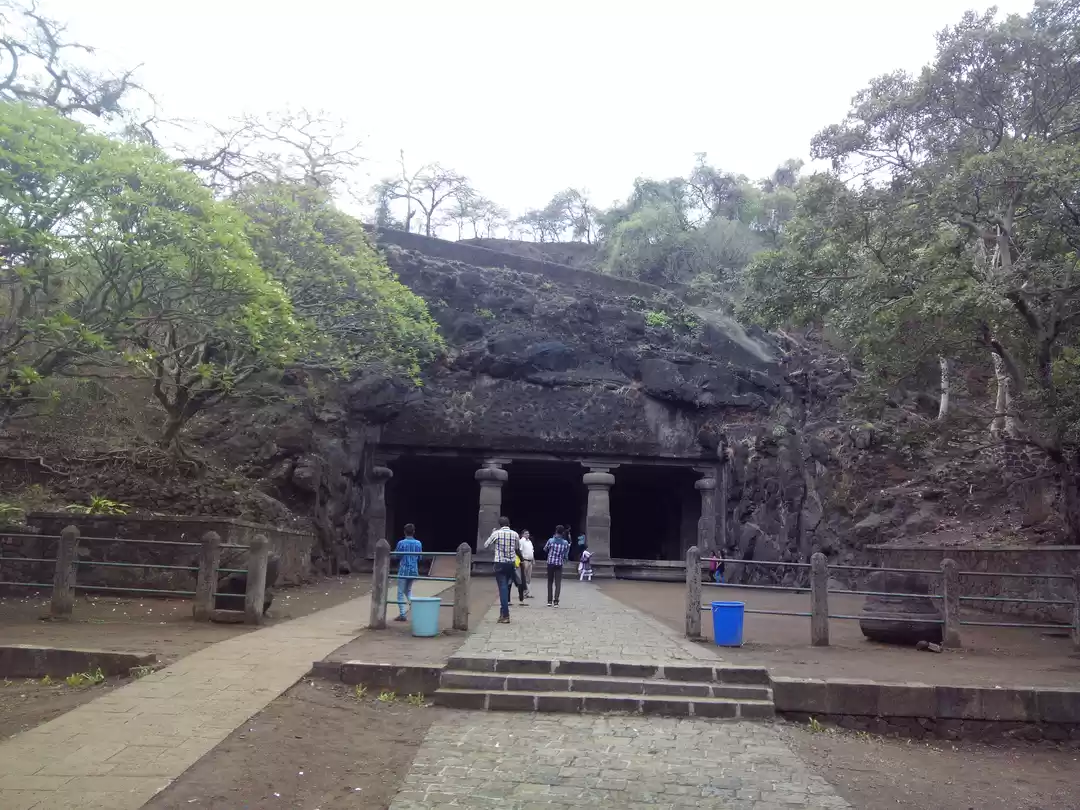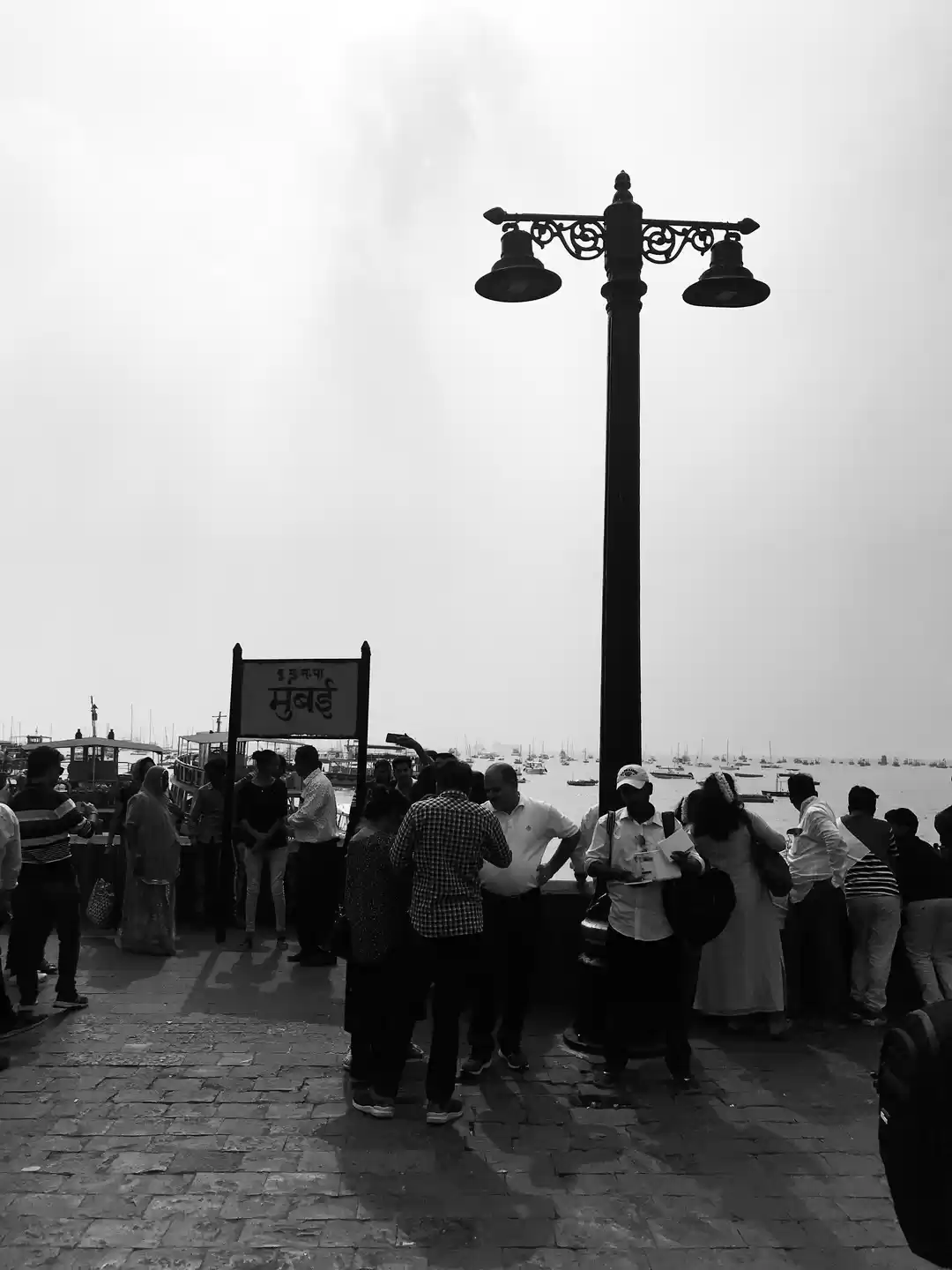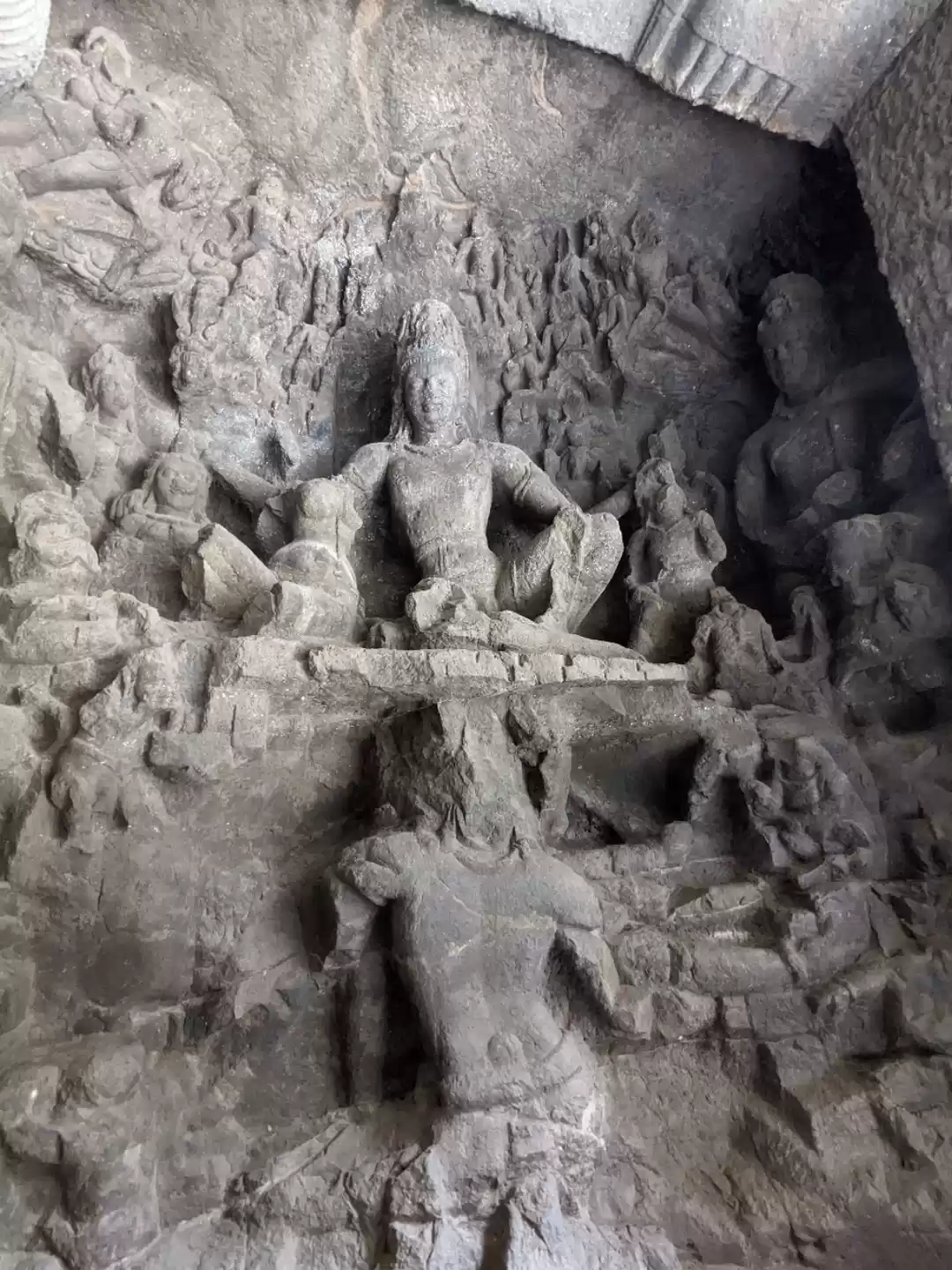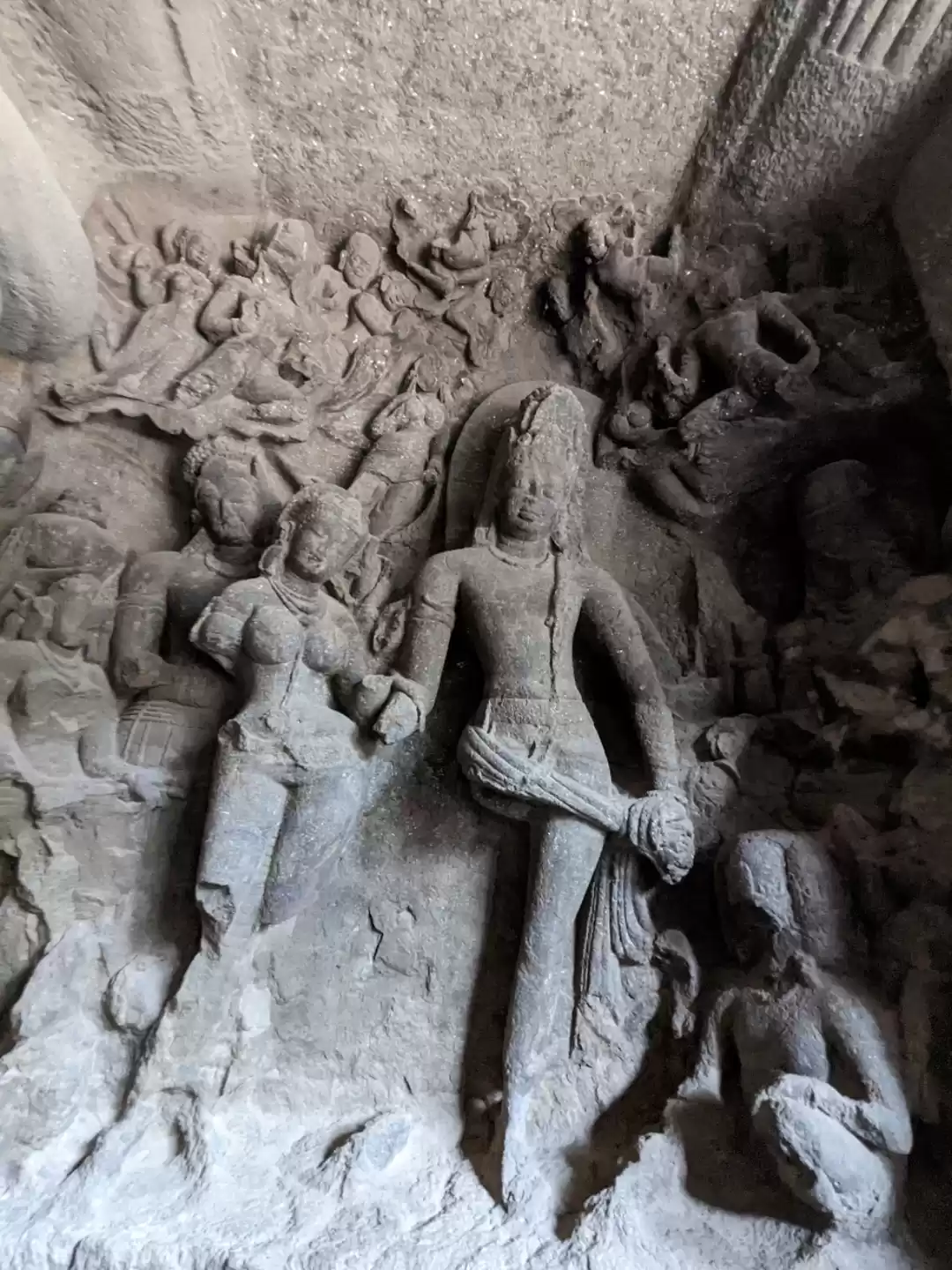What are Elephanta Caves

Originally Gharapuri (city of caves), these are a collection of rock-cut caves on an island ~ 10kms away from Gateway of India. Built somewhere between the 5th and 6th centuries by various Hindu Kings. Portuguese removed the stone at the entrance which had inscription details, which was unfortunately lost later on.
Caves got their modern name from Portuguese who made the island as their base in the 17th century. They saw a huge sculpture of an elephant at the entrance and named it Elephanta caves. Unlike Ajanta and Ellora which are primarily Jain and Buddhist caves; these are dedicated to Hindu God Shiva.
Why Elephants caves are so famous
These Caves celebrate Shiva in many forms. Lord Shiva is nirakar (shapeless). Anant (limitless), Param aatma ( the ultimate soul), Adi yoga ( the first Yogi), nothingness - Shoonya ( state of complete zero - or thoughtlessness ), omnipresent, Natraja (Lord of Dance), Rudhra ( Angry form), Gangadhar. He lives the life of a hermit who wears nothing but Tigerskin and is always covered in ash ( Vibhuti).
There are many buddha stupas too.
Why Elephanta caves have defaced sculpture & lost or damaged monuments.
Invaders who knew nothing about India and its grand culture vandalised, looted and damaged beyond repair whatever they could get their hands on. Gharapuri too suffered a lot. First during the Islamic rulers of Gujarat Sultanate and later, when Portuguese made Elephanta Island as their base they used these sculptures for firing and target practices. It is painful to even think about how they vandalised most of the sculptures and damaged them beyond recognition.
Post these thousand years long worship places in Elephanta caves were abandoned.
In the 19th century, even British officials tried to move many beautiful sculptures to England. During one such incident, a huge elephant sculpture got severely damaged which was later moved to Jijamata Udhyan. There are many lost sculptures that can be found in various museums around the world including few in Mumbai Museum (Vastu Sanghralay).
The colonial-era British publications state they were "defaced by the zeal of Mohammedans and Portuguese".
Main Sculptures - their forms and depictions
Trimurti Sadasiva - three-headed Shiva
Main Murti is 20 feet high and the most celebrated one at Elephanta Caves. It represents the supreme divinity in Hindu Dharma. Tri Deity (Tri Murti) consists of
The right face is of the Creator ( Supreme Brahma) holding a lotus in his hand which represents life. The central face is in a deep meditative state and has calmness on his face it represents The Preserver ( Lord Vishnu). The left face is of the god of Destruction or Salvation (Lord Shiva).
This concept plays an important role in Hinduism as it reflects life in all forms from birth to death and beyond.
Ardhanarishvara - androgynous form of Shiva & Shakti

Hinduism celebrates Shiva ( the male power) and his better half Shakti (femininity). Ardhanarishvara represents half Shiva and half Shakti.
This can have many interpretations like Shiva is nothing without Shakti and both are inseparable, or ShivaShakti or ultimate God is gender-neutral but the most important explanation which I have read is that it means the soul has no gender.
This idea also manifested in the union of the Linga of Shiva and Yoni in all Shiva Temples.
Yogishvara - Adiyogi Meditating Shiva

Shiva is known as the first Yogi. Here Shiva is in padmasana, standard pose for meditation. His face looks calm and he is in a deep meditative state. Sadly the legs and arms of the sculpture are broken.
Ganga-Dhara - Shiva trapping Ganga in his matted locks

The story behind this is, Bhagiratha a King prayed to Lord Brahma to bring Goddess Ganga from heaven to earth to wash away the sins of his ancestors. Lord Brahma granted him his wish. Goddess Ganga was angry, mighty and wild and her descent to earth could bring only destruction. So Shiva calmly trapped her in his matted locks (jhata) and let her out only in small & calmer streams. Here you can see Bhagiratha with his folded hands in the bottom-left corner, tri-faced rivers Ganga Yamuna and Saraswati on top. Brahma, Vishnu and many others witnessing this moment.
Kalyanasundaram - Shiv Parvati Wedding

Wedding of Shiva and Parvati. Bride on the right and groom on the left. Bride is beautifully adorned with jewelry and looking shy. Groom is wearing sacred thread around his chest which has significance to date in Hindu marriages. The bride's father is giving her away. Their hands now damaged but look like they were holding hands.

In the center of the main cave is huge ShivLing, where Shiva is worshiped in the form of Linga and Yoni. To date, all the Shiv temples are worshiped in this form. One of the exterior walls is Raksha Dwarpal (demon guardians) carrying weapons and guarding the cave.
Andhakasura-vadha - Killing of Andhaka

Andhaka a King who had a boom that he could only be killed by Shiva but no one else. Believing he was mortal he concurred almost everything and became Lord of three worlds (Dharti, Patal & Dev Lok). He was turning into an invincible monster. One day when he tried to forcefully take the beautiful wife of a hermit which turned out to be Lord Shiva himself. It angered Shiva and started a full-fledged battle which lasted for five hundred years. Here Shiva is in angry form, he is carrying a bowl in one hand which has the blood of Andhaka.
Ravananugraha - Ravan trying to uproot Mount Kailasha

Ravan with his all power tried to uproot Mount Kailash (the abode of Shiv Parvati). Shiva pressed the mountain with his big toe and trapped Ravana in Patal Loka. Ravana understood his mistake and started praying to Lord Shiva.

Uma-Mahesvara-Murti completely defaced Shiva Murti
Nataraja - The Dancing Shiva

Nataraj represents Shiva in a dancing form. Dance form can be of Tandhav (dance of destruction) or Lasya which is the dance of celebration. Shiva looks graceful here and his 8 hands depicting Nataraj form. Sadly this sculpture too is Vandalised and in ruins.
How to Reach
Take a boat from Gateway of India. It takes around 1 hour to reach Elephanta caves. Elephanta Caves is perfect for a half-day trip from Mumbai.Where to Stay
You can choose to any stay anywhere in Mumbai as the Gateway Of India is easily accessible within 1 hour from any part of Mumbai 🙂 Tips
Caves are closed on Monday. Please avoid the rainy season. Boats to Elephanta caves don't ply during the rainy season (mid-June - Sep end ). Winter months are perfect for visiting Elephanta Caves. Please wear caps and sunglasses as it gets really hot during the day. Prefer comfortable wear as you need to walk a little bit.




